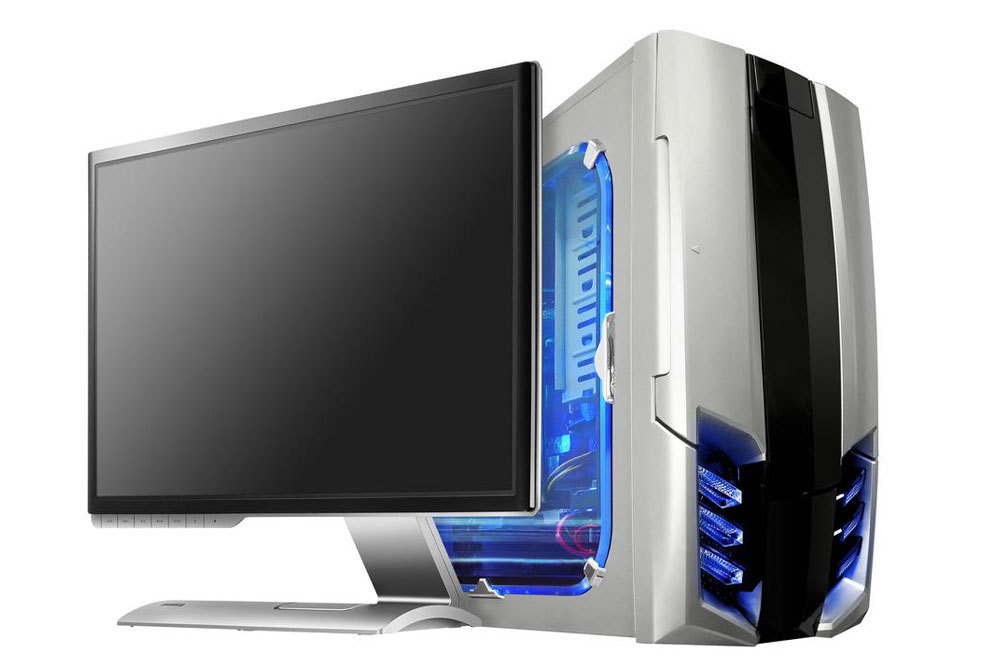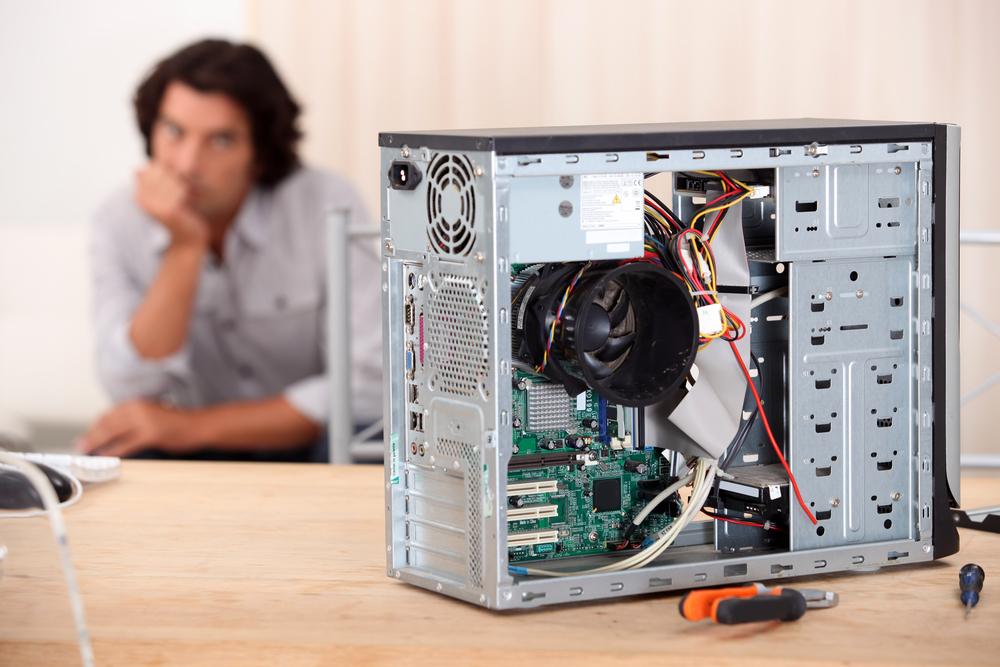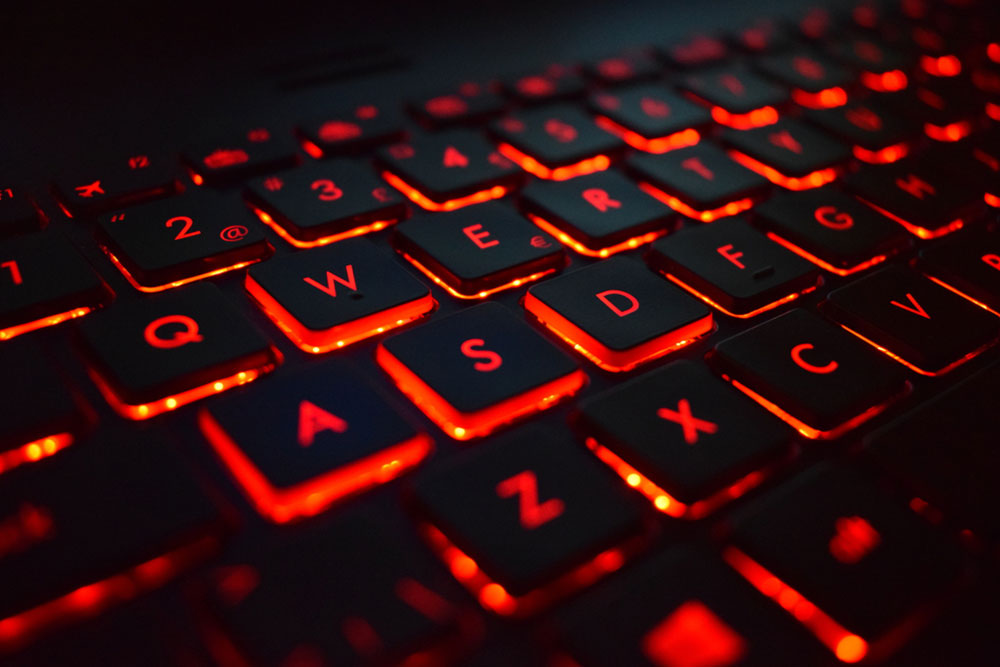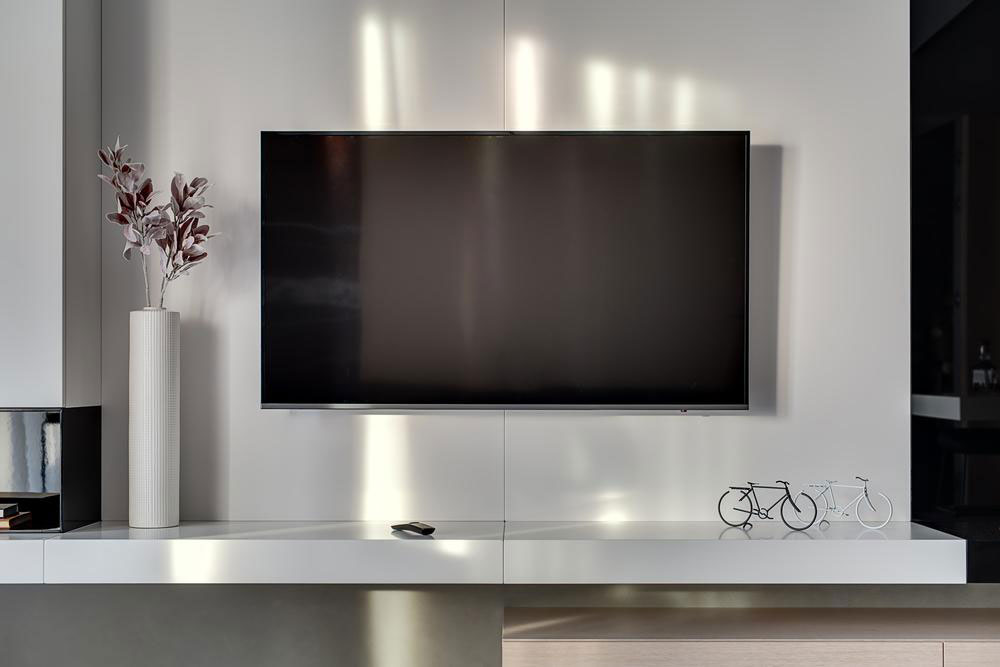Essential Guide for Beginners to Assemble a Custom Desktop PC
Discover how to assemble a custom desktop PC from scratch with this beginner-friendly guide. Learn about choosing compatible components, assembling hardware, installing an operating system, and tips for troubleshooting. Whether for gaming, work, or casual use, this guide provides essential steps to help you build your own personalized computer confidently.

Essential Guide for Beginners to Assemble a Custom Desktop PC
Creating your own desktop computer may seem challenging, but it can also be rewarding once you understand the basics. For newcomers, starting by selecting compatible components is key. Having a tech-savvy friend assist you can make the process easier and more enjoyable.
If building a PC has been a dream or you're curious about tinkering, our beginner-friendly tips are here to help. We'll overview the main steps without overwhelming detail, guiding you to assemble your customized PC.
Choose the Right Components
The CPU acts as the processor of your system, similar to a brain, while the motherboard connects all parts together.
Research thoroughly to select compatible parts. ATX and microATX are popular motherboard sizes, featuring PCI slots for graphics cards. For gamers, a GPU with ample video memory ensures smooth gameplay and high frame rates. Select a CPU suited to your tasks, considering your software requirements and speed needs. RAM type must match your motherboard specifications; generally, more than 4GB requires a 64-bit OS.
When shopping, keep in mind the intended use: gaming, productivity, or basic tasks. Starting with a lower budget and learning as you go is often best for beginners. Watch tutorials, read guides, and don’t hesitate to seek help from experienced builders. Making mistakes is part of the learning process.
Installing the Operating System and Final Assembly
The exciting phase—installing software. For beginners, Windows is recommended due to its user-friendly interface. Developers might prefer Linux distributions, which are open source and highly customizable. Ensure your hardware components are compatible, and opt for a solid-state drive (SSD) for faster performance and reliable storage.
After installing the OS and connecting peripherals, power on your system. If everything was assembled correctly, your PC should boot up successfully. Congratulations on building your own custom computer!
Note:
This blog offers practical insights across various topics, based on thorough research. While informative, it should not be considered exhaustive or definitive. Users are advised to verify details independently, as some platforms may offer additional deals or updates not covered here.










